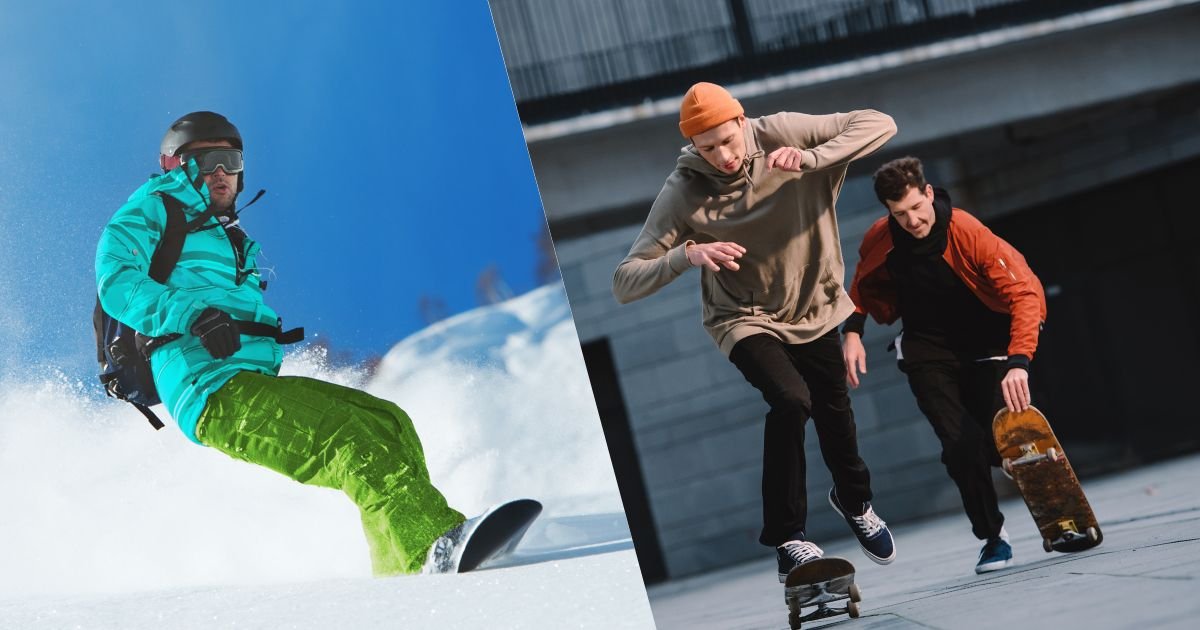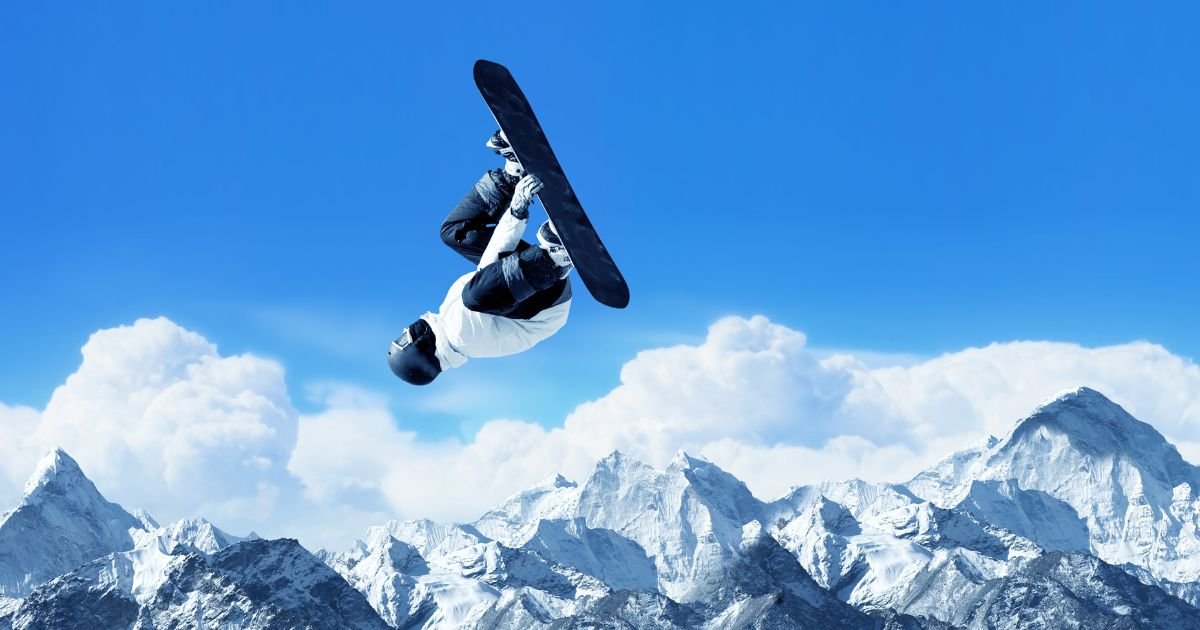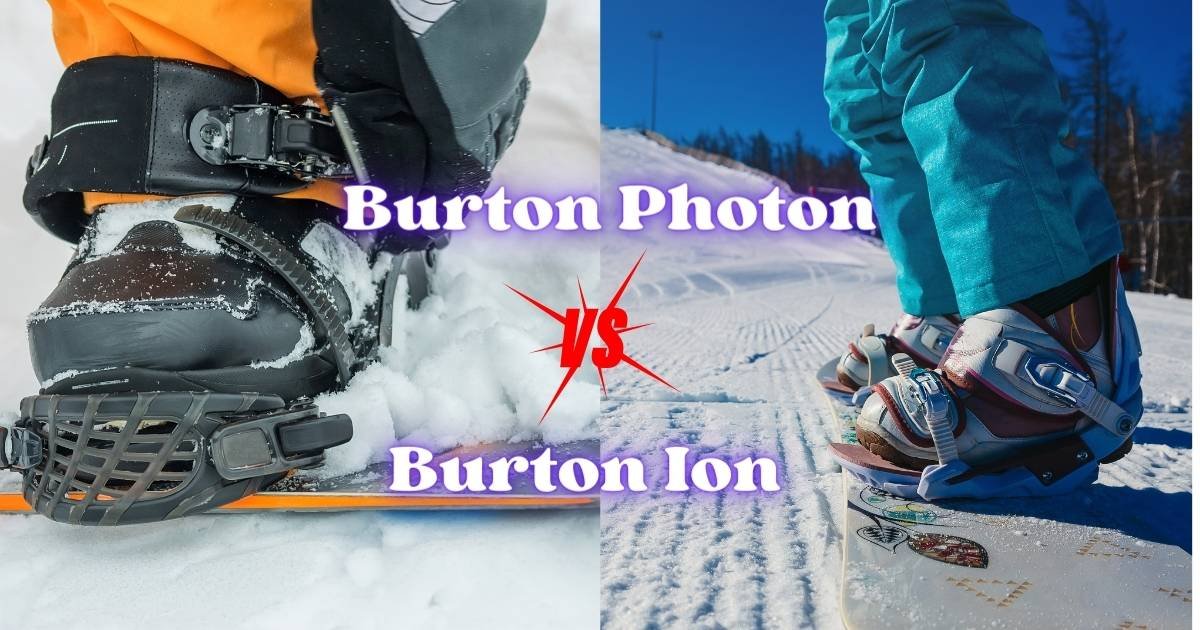How To Adjust Snowboard Bindings to Ensure a Proper Secure Fit?

Riding a snowboard on cold winter mornings is fun, furthermore, it is equally important to take care of your gear.
One important piece of equipment is the snowboard bindings. Thus, the bindings are responsible for delivering proper control to the rider on the slopes.
Setting up the bindings on a snowboard is necessary. Once this binding setup is mastered, it becomes easier to perform better on the terrain.
This is why professional snowboarders must know how to adjust snowboard bindings.
If you want to learn about setting up and adjusting these snowboard bindings, I will explain a proper binding setup that will allow you to enhance your control with a little practice.
What Are Snowboard Bindings?

Snowboard bindings are a very important component for a rider that helps him strap the boot with the board.
This gives better agility and more control on the board just with the flick on the ankle. With more control, it’s easier to move on the snow freely, just with little twists and turns.
As maneuverability is important in snowboarding, aiming for perfection must be your first consideration.
These bindings play the following roles:
- When a rider straps these bindings on his shoes down to the snowboard, it allows him to gain a stable and controlled connection. The fitting and attachment are based on the type of binding used, such as highback, baseplate, straps, buckles, or any other such components.
- Bindings are also a great option for riders who want to customize their stance to go for a posture that is comfortable for them and maintains better weight distribution on the board. Binding angles and stance width can be changed by a rider according to his style.
How the Bindings Impact Your Control
Bindings have a great impact on the overall control of the board.
When a rider is going fast down on the slopes, these bindings allow him to move easily on the carve, edge, or any path to perform tricks.
Control:
As said before, when bindings establish a connection between a rider’s boots and the snowboard, it becomes easier to control the movement.
With a direct connection, precise movements are guaranteed, and transfer of power is easy, which allows riders to take sharp turns.
Stability:
With bindings, stability is also increased. Due to this, riders can change their stance on the board and enjoy their comfort.
Maneuverability:
Having bindings fitted on the board and boots, better responsiveness is achieved. With this, a rider gains dynamic riding experience with more overall maneuverability.
Various Types Of Snowboard Bindings
There are various snowboard binding types, each with its advantages for a rider. This adds traditional strap bindings, rear entry, and others.
In simple words, if we compare different types of snowboard bindings, each of them can be explained individually.
Traditional Strap Bindings:
These are the most common type of bindings, and they include ankle and toe straps that tighten the board with the boots.
Step-In Bindings:
These are a type of bindings in which the rider has to step in directly without muddling with the straps.
Rear-Entry Bindings:
In this type of binding, the rider has to slide his foot from the back as it has an open high back.
Flow Bindings:
Here, the rider has to slide the foot using a hinged highback without adjusting the straps.
Plate Bindings:
These bindings are lightweight and they are pretty much rare in which a plate is securing the boot with the board using some basic straps on it.
| Binding Type | Features | Pros | Cons |
| Traditional Strap | Ankle and toe straps for secure fit. | Versatile for various riding styles. | Takes longer to put on and take off. |
| Step-In | Quick entry mechanism. | Convenient for beginners. | Potential performance limitations. |
| Rear-Entry | Highback opens for easy entry. | Faster entry than traditional. | Limited customization in some models. |
| Flow | Hinged highback for quick foot entry. | Speed with traditional strap feel. | May require more adjustments. |
| Plate | Minimalist design without traditional straps. | Lightweight and straightforward. | Ankle and toe straps for a secure fit. |
How To Adjust Snowboard Bindings To A Secure Fit
It is a must for a rider to ensure that bindings are properly adjusted before going down the slope.
Adjusting the bindings may seem confusing at the start, but you can adjust them easily once you are regularly using them.
To adjust snowboard bindings, there are five basic steps that every beginner must know. You can follow the steps to bind your snowboard easily.
Step 1: Adjust The Stance Width
The basic step is to adjust the width of your stance. You must have to mark or locate the reference points on your snowboard.
Using a screwdriver, you can loose the screws on the binding baseplate and align them or adjust them according to your preferred points.
Step 2: Set The Highback Rotation
Go for the highback and unlock the adjustment mechanism. You have to rotate it to see where it aligns well in accordance with your boots.
When the desired position is achieved, you can lock the adjustment.
Step 3: Deal With Binding Angle Adjustment
In the next step, you have to look for degree markings on the bindings. They will allow you to lose or release the ankle or toe straps to allow for precise adjustment.
Adjust those angles according to your style and comfort. Then, tighten the straps at that position.
Step 4: Adjust the Strap Length
To accommodate the size of your snowboard, you have to fully release the toe and ankle straps. Then, adjust them according to the desired length. Then, ensure that they fit well on your feet.
Step 5: Make Final Checkups
In the end, center the bindings with your boots, and make sure that everything is well-balanced from each side, including the rear of the bindings.
Tighten everything, and leave your space for a centered spot.
Quick Attention
Adjustment of snowboard bindings is a very crucial step to take before taking a ride down the slopes.
When a rider understands how to adjust snowboard bindings, it becomes easier for him to have a firm grip on his riding style.
A series of steps must be taken to ensure that the bindings are tightened according to a rider’s foot.
Each rider may feel different with different types of snowboard bindings or a different level of adjustment. Once this adjustment is mastered, snowboarding becomes more fun than ever.
In case you are getting started with the binding adjustments, never do it directly on your own. You may ruin it for your rides.
It is recommended that you take professional advice and adjust your bindings step by step for optimal performance.






